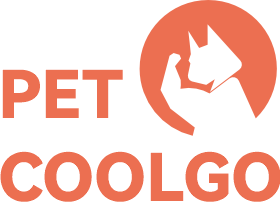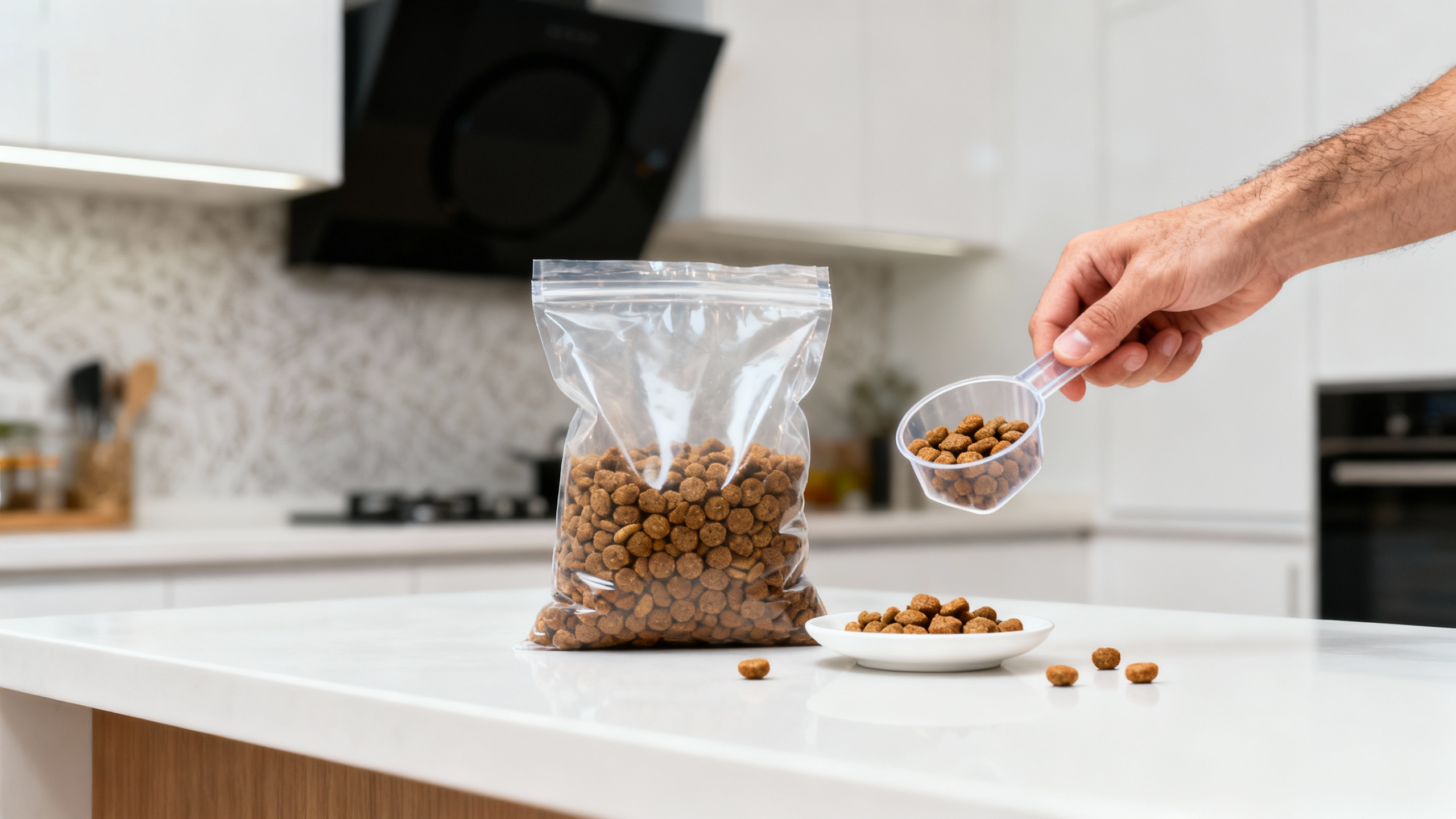When you walk down the dog food shelf, you're greeted with labels like 'High-Protein' and 'Meat-First.' Do such labels really work in your dog's best interest, though? Is more protein really better? It's a complicated response. Under AAFCO guidelines, your mature dog needs at least 18% protein, but your young puppies need at least 22.5%. Such a level, though, is just a beginning point. This guide will inform you as to just what your dog truly needs.
Why Protein is the Most Important Part of Your Dog's Health
Before getting into numbers, it's good to understand why protein is important for your dog. Proteins are made of amino acids. Amino acids are the basic building blocks of your dog's body. They are required for practically every function of their body.
A diet that contains adequate good protein assists with:
- Building and Mending Muscles: Protein keeps muscles strong and helps build new ones. This comes in useful with active as well as growing pups.
- Keep Skin and Hair Healthy: Its coat consists mostly of protein. If a dog does not receive protein, its coat will dull, as will its skin.
- A Strong Body Defense System: The things that help a dog fight sickness are made from protein. So, protein is important for a strong immune system.
- Proteins are needed for producing hormones as well as for producing enzymes. They allow your dog's body to function properly, from food digestion to getting a boost of energy.

Protein Needs from Puppy to Senior
A dog’s protein needs change a lot during its life. There isn't a single figure that will work for every dog, so your dog's exercise level and age must be a factor calculation.
For Growing Puppies
The puppies are getting larger rapidly. They are building new organs, bones, as well as muscle tissue, each day. In order for them to increase, they require far more protein than mature dogs. The AAFCO standard requires at least 22.5%, but most puppy food carries between 25% as well as 32%. This will provide them with all they need to come out healthy.
For Adult Dogs (Maintenance)
An average adult dog that does not exercise much needs enough protein to stay healthy and keep its muscles strong. The least amount needed is 18%, but most good dog foods have between 22% and 28% protein. This level is good for most healthy adult dogs.
For Active and Working Dogs
A high-exercise or working dog, such as a dog that must work at a job, such as a herding job, uses more power and stresses its muscles more. Dogs such as this require high-protein dog food to repair their muscles as well as provide power for them. A 30% or greater protein level food, for example, will usually work best for such high-exercise dogs.
For Senior Dogs
Most owners believe that older dogs require less protein to protect the kidneys. It's just the opposite for most healthy older dogs, though. Older dogs can start losing muscle as they get older. Good, easy protein helps keep this from happening. This keeps them strong as they get older. Protein should only decrease if a veterinarian recommends it for a dog with a kidney problem.
Why Protein Quality is More Important
The protein count on a bag of dog food is only a small piece of the puzzle. What form that protein comes in and how efficiently a dog can utilize it are far more significant for good-for-you dog food.
Animal vs. Plant-Based Protein
Meat proteins, such as beef, fish, or chicken, are classified as "complete." This means they contain all of the major amino acids a dog needs. Vegetable proteins, such as corn or peas, are usually "incomplete" and will not include some of the major components. Dogs will get some nutrition from plants, but they are created to utilize animal proteins most effectively. When choosing the best dry dog food, choose food that has animal proteins as its initial component.
How to Read the Dog Food Label
Knowing how to read a dog food label helps you check the quality.
- Check the "Guaranteed Analysis": This box tells you the lowest amount of "Crude Protein." It is a good place to start, but it does not tell you about the quality.
- Look at the First Five Ingredients: Ingredients are listed by weight. So, the first few ingredients are the main ones in the food. Look for a clear animal protein source at the top, like "Deboned Chicken," "Lamb," or "Salmon Meal." Words that are not clear, like "Meat and Bone Meal," can mean lower quality.

Wrong Ideas: Is High Protein Dangerous?
There are many wrong ideas about protein. Let's talk about one of the biggest worries that dog owners have.
The Big Question: Does High Protein Hurt a Dog's Kidneys?
For a healthy dog with good kidneys, a lot of research shows that a high-protein diet is not harmful. It does not cause kidney disease. Healthy kidneys are very good at handling the waste from protein. A dog food high protein content is safe for a normal, healthy dog.
But for dogs that a vet has said have kidney disease, a special diet with less protein may be needed. This is to make the kidneys' job easier. The protein did not cause the problem.
What About the Risks of Too Little Protein?
Not getting enough protein is a real problem and can cause health issues, such as:
- A dull, dry coat
- Losing weight for no reason
- Losing muscle
- Having less energy
- Getting sick more often
Conclusion
Finding the right food is not about getting the bag with the most protein. It is about giving your dog the right amount of good, easy-to-use protein that fits its age, activity, and health. The numbers on the bag are a good start, but watching your dog's energy, coat, and muscles is also important.
If you are not sure, the best thing to do is always talk to your vet. They can help you make a food plan that is perfect for your best friend.
FAQ About Dog Protein
Can I give my dog too much protein?
Extra protein for a healthy dog won't kill it. Its body will burn extra protein for fuel, or it will be reserved as fat. It's not a good idea to give it a meal with a whole lot more protein than your dog needs. It causes weight gain, as well as costing more. It's about giving just enough for their needs, not the highest amount you can find.
What are the best sources of protein for dogs?
The simplest and greatest protein for a dog is a protein that comes from an animal. On that list of ingredients, you need to see which include like chicken, beef, lamb, fish like salmon, or eggs. Animal "meals" like chicken meal or lamb meal either is also good. They're a concentrated protein with the moisture taken out.
What protein percentage should I look for on the bag for my adult dog?
The minimum protein for a mature dog is 18%. But most good-quality foods range higher than that. For a healthy, normal-exercise mature dog, a protein level between approximately 22% and 28% is a good range to aim for. If your dog gets extremely exercised, you'd like to find dog food with around 30% or larger protein.
Is a high-protein diet good for a dog with food allergies?
This is a misunderstanding. A food allergy more often results from a dog's reaction to a certain type of protein (like beef or chicken), not from an amount of protein. For example, in a chicken-allergic dog, a food that has a lot of chicken protein will worsen the allergy, but a high-protein food that contains a different protein that the dog is not allergic to might do the job. Always discuss food allergies with your vet.



Leave a comment
All comments are moderated before being published.
This site is protected by hCaptcha and the hCaptcha Privacy Policy and Terms of Service apply.